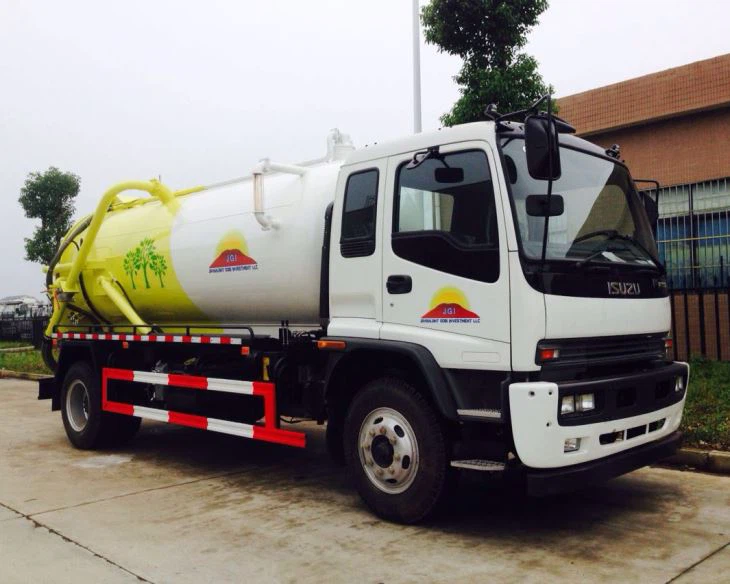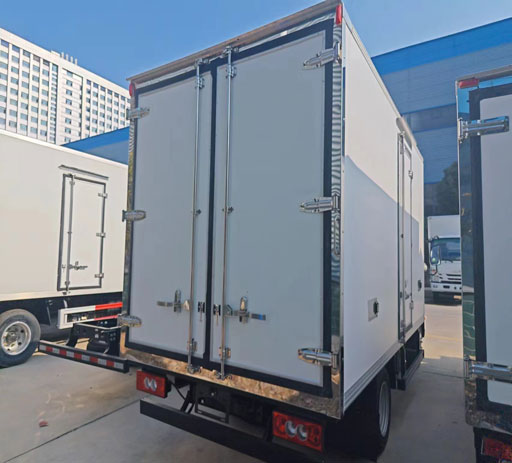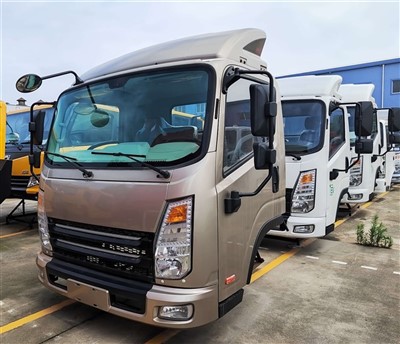Ultimate Guide to Receiver Box for Compactor: Everything You Need to Know

When it comes to waste management and landfill operations, the efficiency of waste compaction is critical. A receiver box for compactor plays a key role in enhancing the performance of this equipment. In this comprehensive guide, we will explore everything you need to know about receiver boxes for compactors, their importance, types, installation, maintenance, and much more.
Understanding Receiver Boxes for Compactors
A receiver box for a compactor is a vital component designed to collect and process waste efficiently. It helps in maximizing the compaction ratio, thereby reducing the volume of waste that needs to be transported. Understanding the functionality and benefits of receiver boxes is crucial for those involved in waste management.
What Is a Receiver Box?
A receiver box is a specially designed container that receives waste before it goes into a compactor. It acts as a temporary storage unit, allowing for a more organized and systematic approach to waste compaction.
Importance of Receiver Boxes in Waste Management
Receiver boxes play an essential role in efficient waste management. They provide a dedicated space for waste collection, ensuring that compactors can operate effectively without frequent interruptions. Some key benefits include:
- Increased Efficiency: By reducing the number of trips needed for dumping waste, receiver boxes enhance overall efficiency.
- Cost Savings: Less frequent transportation means reduced operational costs.
- Improved Safety: A well-maintained receiver box minimizes hazards associated with waste handling.
Types of Receiver Boxes for Compactors
There are several types of receiver boxes, each designed for different waste management needs. Understanding these types will help you choose the right one for your operations.

Standard Receiver Boxes
These are the most commonly used receiver boxes. They come in various sizes and are typically made of steel for durability. Standard models are suitable for general waste collection.
Sizes Available
| Size (Cubic Yards) | Dimensions (inches) | Typical Use |
|---|---|---|
| 10 | 120 x 60 x 48 | Small construction sites, residential waste |
| 20 | 120 x 60 x 60 | Medium construction sites |
| 30 | 120 x 60 x 72 | Larger construction projects, commercial uses |
Custom Receiver Boxes
For specialized needs, custom receiver boxes can be manufactured. These are tailored to the specific requirements of the waste being handled, ensuring optimal performance.
Mobile Receiver Boxes
Mobile receiver boxes are designed for flexibility. They can be moved easily between different locations, making them ideal for projects with varying waste management needs.
Key Features to Consider
When choosing a receiver box for compactors, there are several important features to consider. These include:
Material
Receiver boxes are typically made from materials like steel or aluminum. Steel is more durable, while aluminum is lighter and more portable. Your choice will depend on your specific needs.
Size and Capacity
Ensure that the size and capacity of the receiver box match your compaction requirements. A larger receiver box can handle more waste but may not be practical for smaller operations.
Accessibility
Choose a receiver box designed for easy access. This will streamline the process of loading and unloading waste.
Installation of Receiver Boxes
Installing a receiver box for a compactor requires careful planning and execution. Below are the essential steps for a successful installation:
Step-by-Step Installation Process
- Site Assessment: Evaluate the site where the receiver box will be placed. Consider factors like space availability and access points.
- Preparation: Clear the area of debris or obstacles. Ensure that the ground is stable and level.
- Positioning: Place the receiver box in the designated area, ensuring that it is easily accessible for loading and unloading.
- Connection: If applicable, connect the receiver box to the compactor securely.
Maintenance and Care
To ensure longevity and optimal performance of your receiver box, regular maintenance is essential. Here are some practical tips:
Regular Inspections
Conduct regular inspections for damages or wear. Pay special attention to the joints, lids, and any moving parts.
Cleaning
Keep the receiver box clean to prevent buildups that could compromise its performance. Use a pressure washer for thorough cleaning.
Rust Prevention
For steel receiver boxes, apply anti-corrosive treatments to prevent rust. Regular paint jobs can also help.
Practical Examples of Use Cases
Receiver boxes are versatile and suitable for various applications. Here are some examples:
Construction Sites
In construction sites, receiver boxes provide an effective means of managing debris and waste materials. They minimize clutter and optimize space.

Municipal Waste Management
Municipalities often utilize receiver boxes in parks or public spaces for efficient waste collection, making the disposal process easier for the community.
Industrial Applications
In industrial settings, receiver boxes are ideal for collecting specific types of waste, like scrap metal or hazardous materials, where specialized handling is required.

Cost Considerations
The cost of receiver boxes for compactors varies based on size, material, and brand. It is essential to consider your budget while also factoring in quality and durability.
Price Range
| Type | Approximate Cost |
|---|---|
| Standard Receiver Box (10-20 cubic yards) | $1,000 – $3,000 |
| Custom Receiver Box | $3,000 – $7,000 |
| Mobile Receiver Box | $2,000 – $5,000 |
Frequently Asked Questions
What is the lifespan of a receiver box?
The lifespan varies based on usage and maintenance but can range from 5 to 15 years.
Can receiver boxes handle hazardous waste?
Yes, but ensure that the receiver box is specifically designed for hazardous materials and follow local regulations.
How often should receiver boxes be emptied?
Emptying frequency depends on the volume of waste generated. Regular inspections will help determine the right schedule.
Do I need a permit for a receiver box installation?
Check with local regulations; permits might be required depending on your area’s waste management laws.
Can I rent a receiver box instead of buying?
Yes, many companies offer rental options for receiver boxes, which can be a cost-effective solution for temporary projects.
